The New Gastronome
Istanbul Street Food
by Nil Erdoğan
by Nil Erdoğan
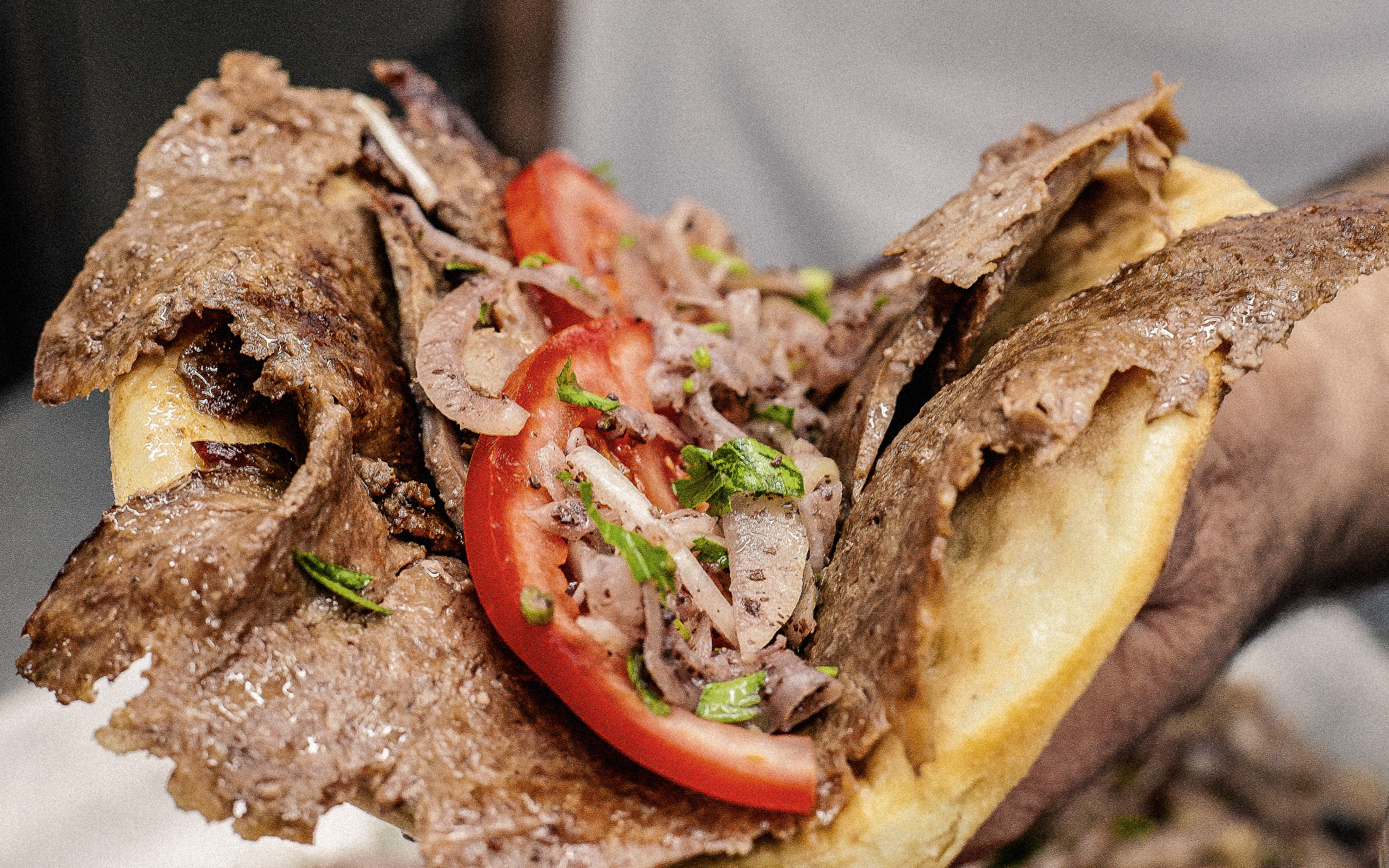
Istanbul has always been a city marked by migration. While some flavours are unique to the city, others have been brought here by people from different villages and towns. Over time, they have shaped the taste of Istanbul and can be tried in various types of street food.
SİMİT
Simit is the most readily available snack that you can find on the streets of Istanbul. Different cities have different ways of preparing it, but often the dough is dipped into a water-molasses mixture and then covered in roasted sesame seeds and baked. After it has cooled, it is placed on shelves or is driven around in carts. You can see the text ‘Askıda Simit’ on some carts, meaning that those in need are supported with your purchase. When you buy a simit, you also buy a second one for someone without money.
I have also shared a simit recipe during my sourdough journey, though, unlike those sold on the street, made from sourdough.
Photo: Eminönü square
CHESTNUT & CORN

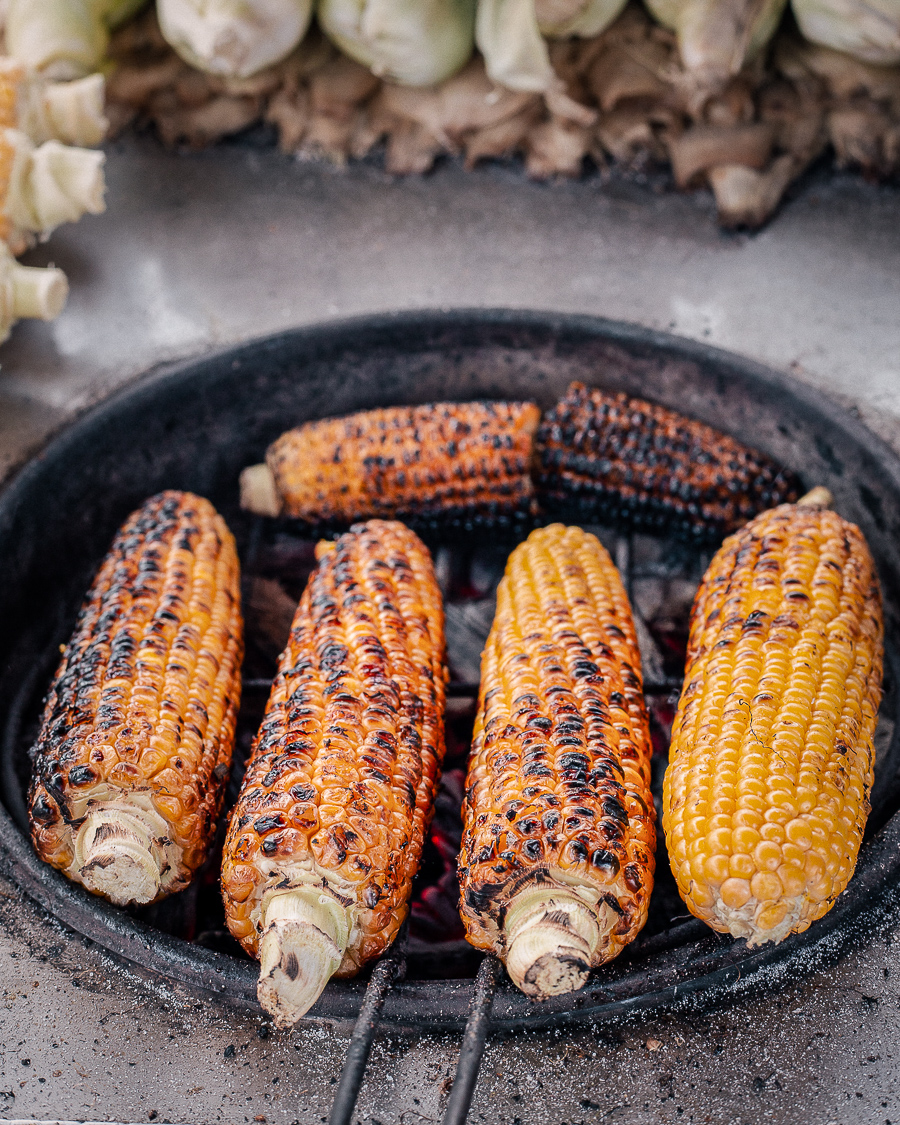
When the winter months inch closer, the carts of Istanbul fill with chestnuts and corn. It is quite enjoyable to buy a small paper bag of chestnuts on a cold winter day and take it on a walk around the city. It warms both your inside and your hands.
The corn carts are definitely bringing colour to the streets. Some people prefer their corn on embers; others want it boiled. Some places sell glasses full of grains with sauces or spices.
Photo: Eminönü square
MEATBALL SANDWICH
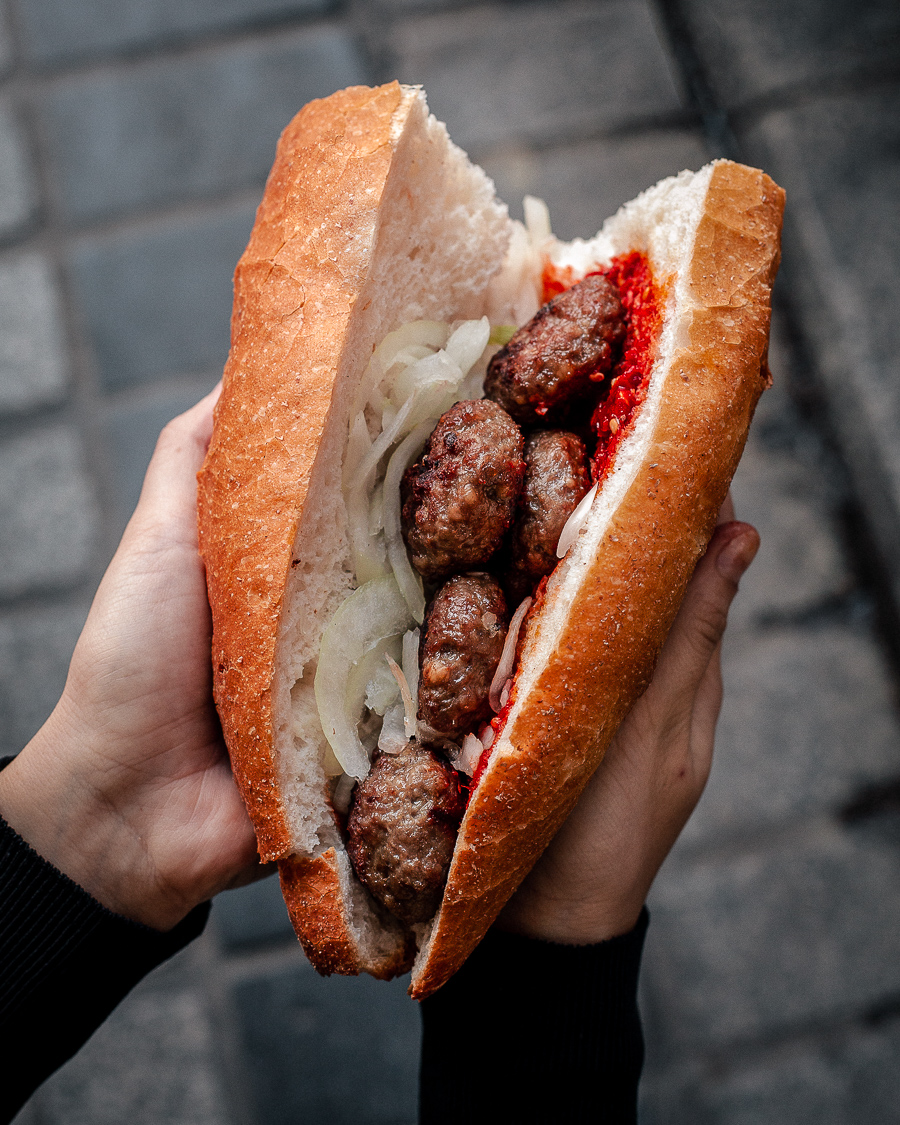
In many neighbourhoods of Istanbul, you can find meatball restaurants that appeal to lunch customers. Thanks to its quick preparation and filling, it is one of those street flavours that brings festivals, sport matches and concerts to mind with its indispensable taste.
The meatballs in this photo belong to the famous Filibe Köftecisi, whose founder, Mehmet Saltuk, immigrated from Plovdiv to Istanbul. Today, the restaurant continues its journey in the fifth generation. You can order the meatballs as a full portion if you have the time instead of eating them in a sandwich. In any case, don’t forget to try them with piyaz, a topping consisting of boiled beans mixed with chopped onions and lettuce, which is rubbed with salt and then combined with olive oil, vinegar and lemon. In some places, ingredients such as egg, parsley and tahini are also added.
Photo: Meşhur Filibe Köftecisi, Sirkeci
PICKLES
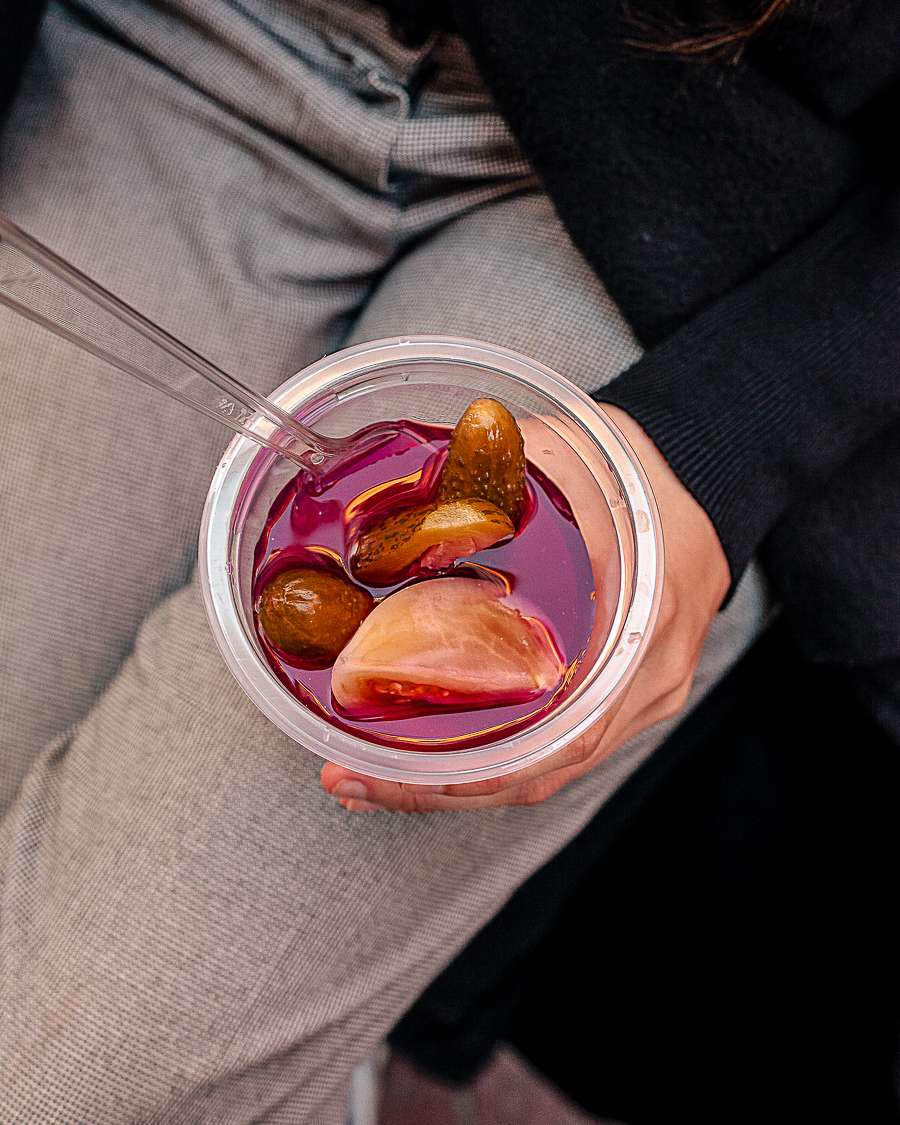
Having a glass of pickle juice while wandering around the streets of Istanbul is an absolute staple. Although classics like cucumber pickles and sauerkraut are good and can be found everywhere, new flavours are also worth trying. The place in this photo is Asri Turşusu, a shop established in 1913 and has been serving in Cihangir since 1938. Fun fact: this shop has even featured in an old Turkish movie called “Neşeli Günler” and is shown as the actors argue about whether pickles are made with vinegar or lemon. If you want to be adventurous, you can try pickles made from plum, onion, cherry, unripe almond, okra or pickle juice.
Photo: Asri Turşusu, Cihangir
KIBBEH (İÇLİ KÖFTE)
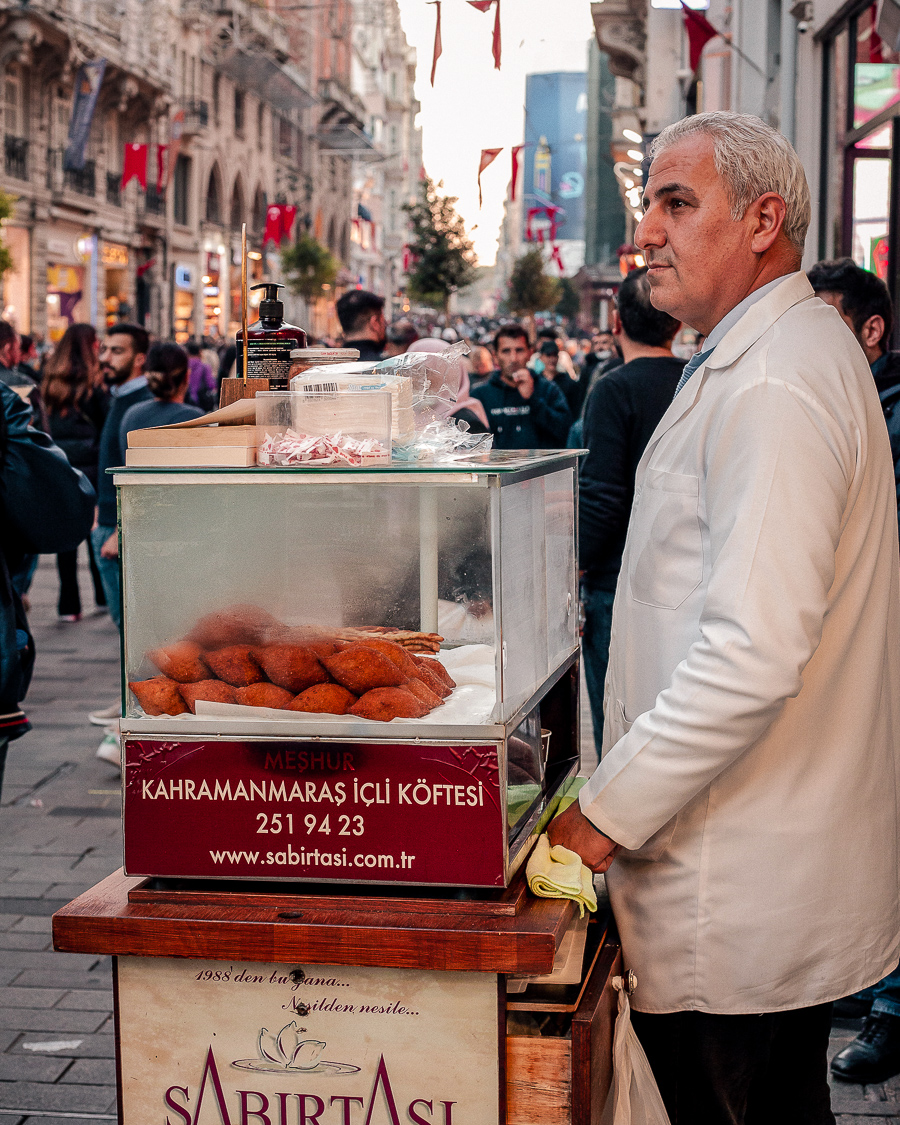
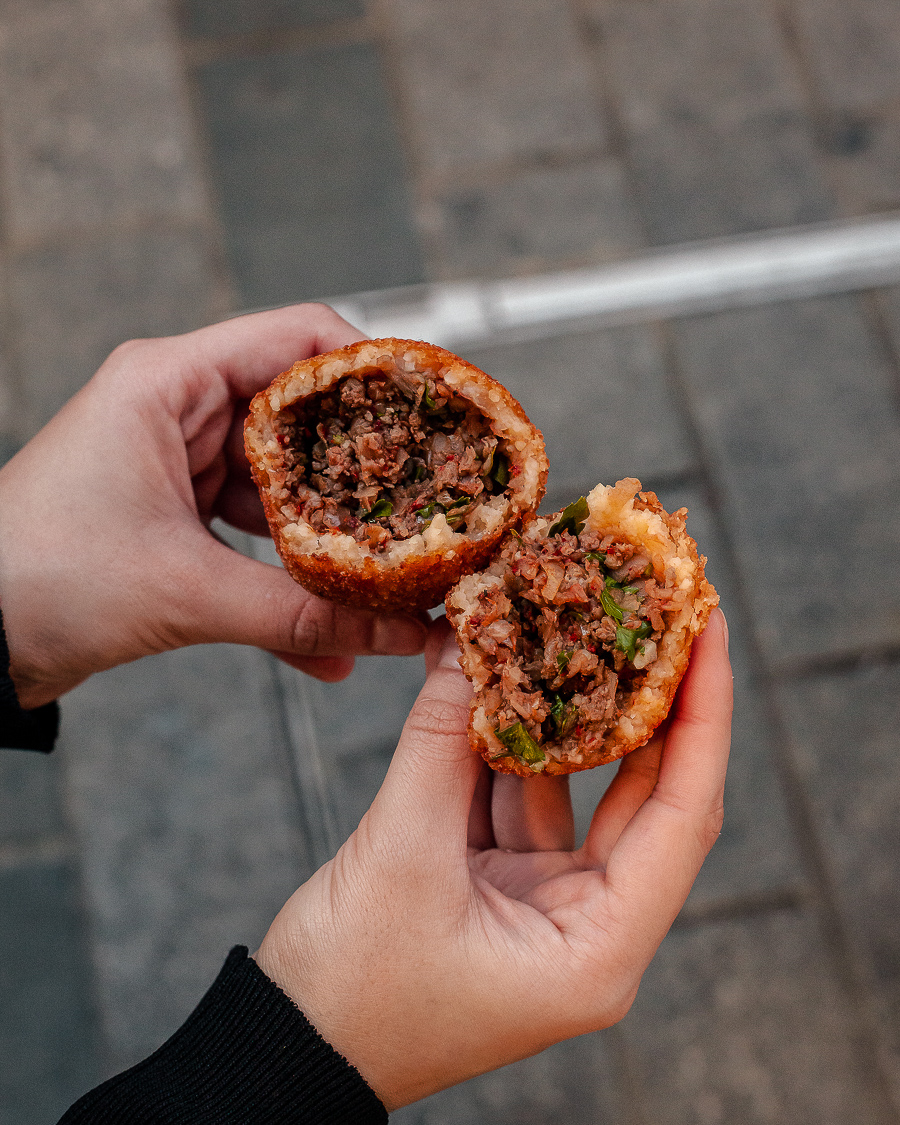
Kibbeh is a delicacy prepared by turning bulgur into dough and stuffing it with ground beef, onions, walnuts, parsley, ground pepper or pepper paste and various spices. Once again, you can find different versions of this dish in other cities: Şanlıurfa, Antep, Adana, Diyarbakır and Malatya are among the cities where it’s especially famous.
This photo belongs to Sabırtaşı Restaurant, which can only be reached from the building behind the counter on Istiklal Street, where you can always see someone standing in a white apron. The story of this restaurant began when Ali Bey, his wife and six children moved from Kahramanmaraş to Istanbul in 1987 after his business deteriorated. When the family came to Istanbul, they started to make the famous kubbeh of Kahramanmaraş, which was the dish they knew best. This flavour, passed down from father to son, still welcomes customers in the same place.
You can find the same type of Kubbeh also at Çiya Sofrası or Bebe İçli Köfte
Photo: Sabırtaşı, Istiklal Street
RICE WITH CHICKPEA
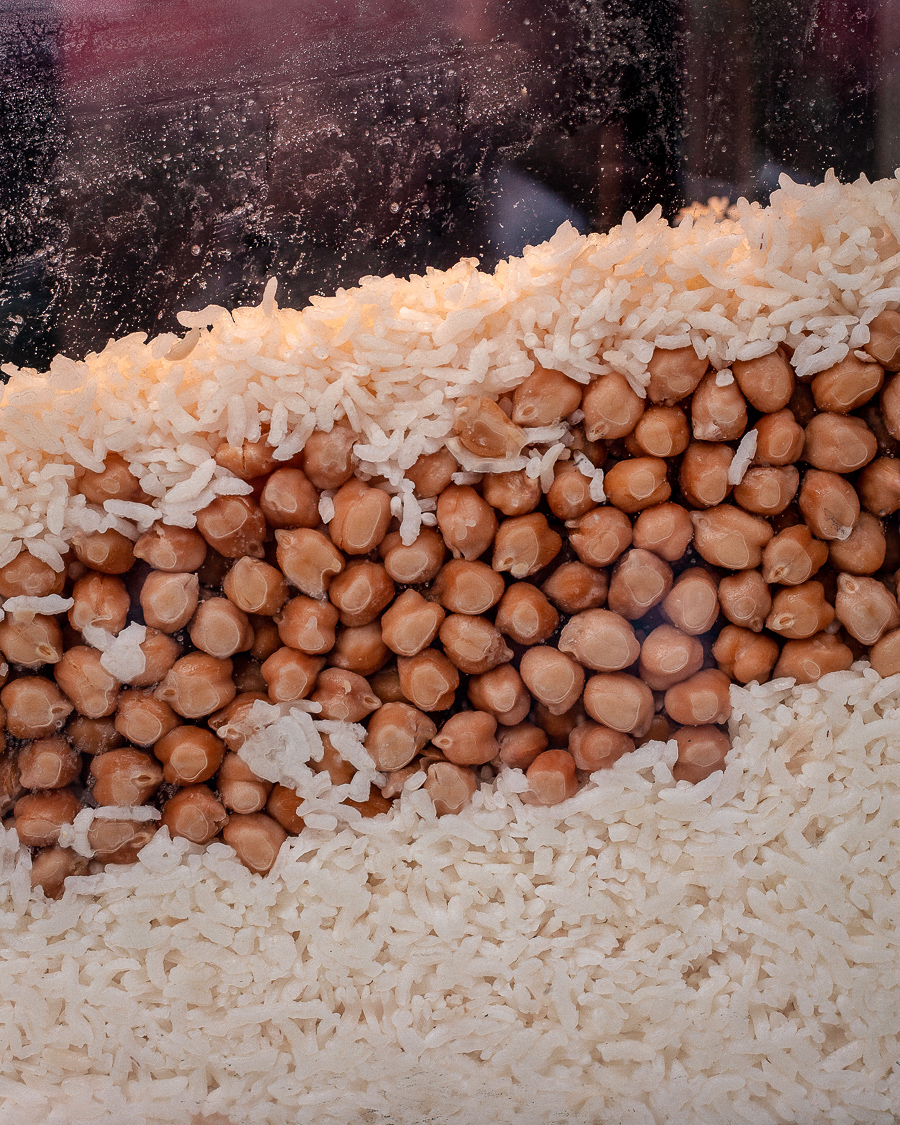
This street flavour can be found all around Istanbul: buttered rice gets combined with soft cooked chickpeas. Optionally, you can add shredded chicken breast to add a different layer to the dish. Try it while drinking ayran, a beverage made by adding water and salt to yoghurt.
Photo: Beşiktaş Square
A. D. V. E. R. T. I. S. I. N. G.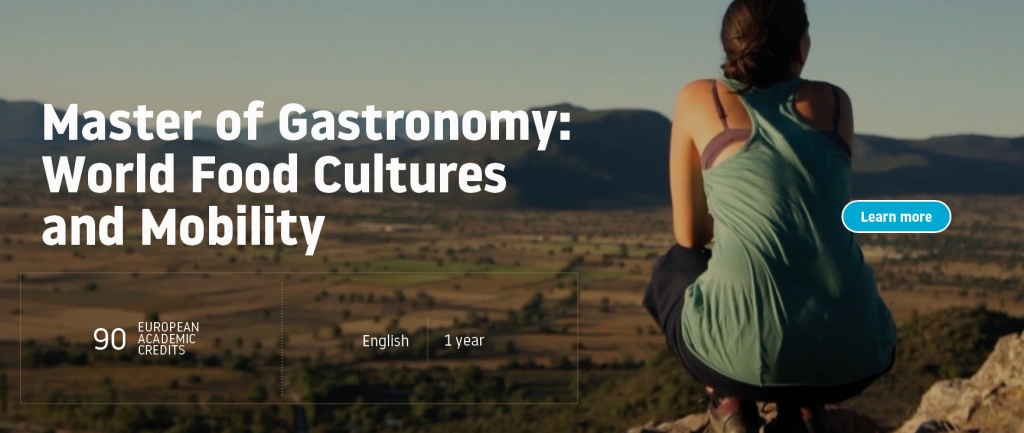
DÖNER
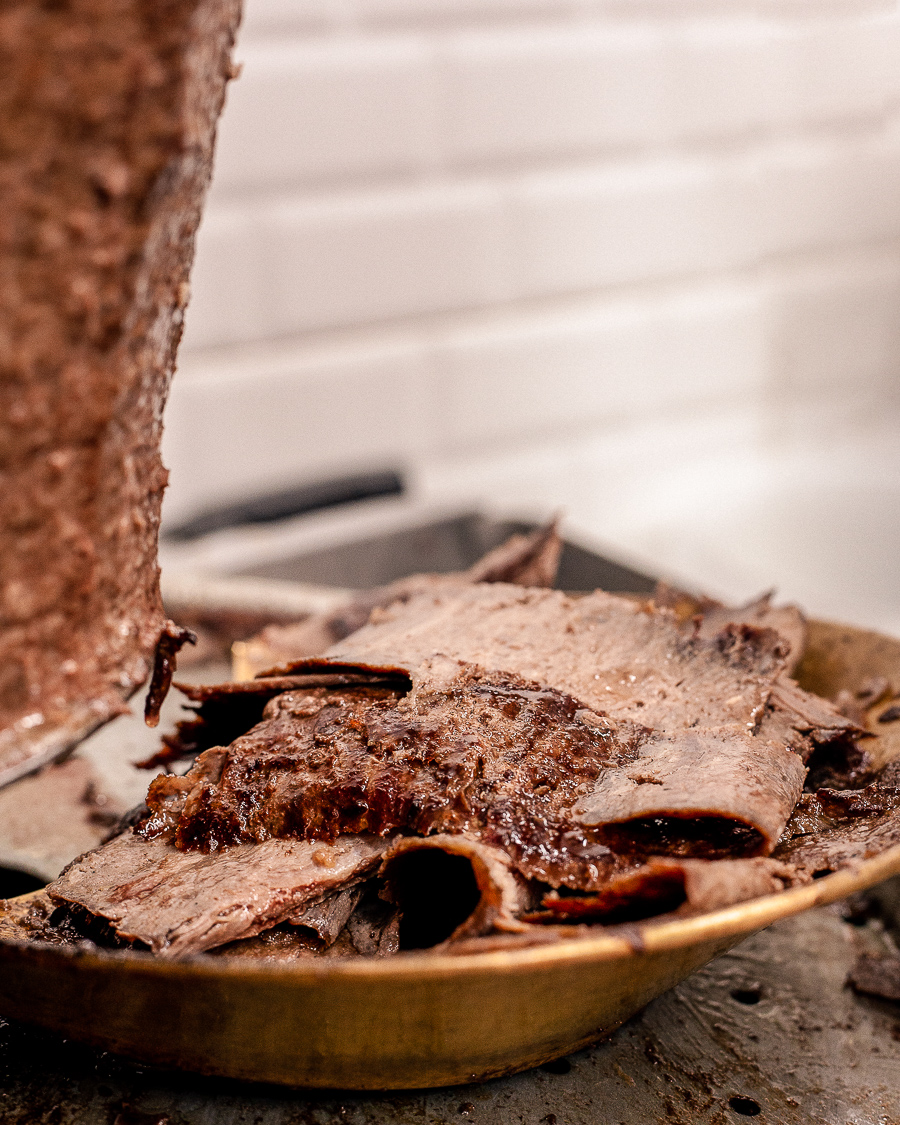
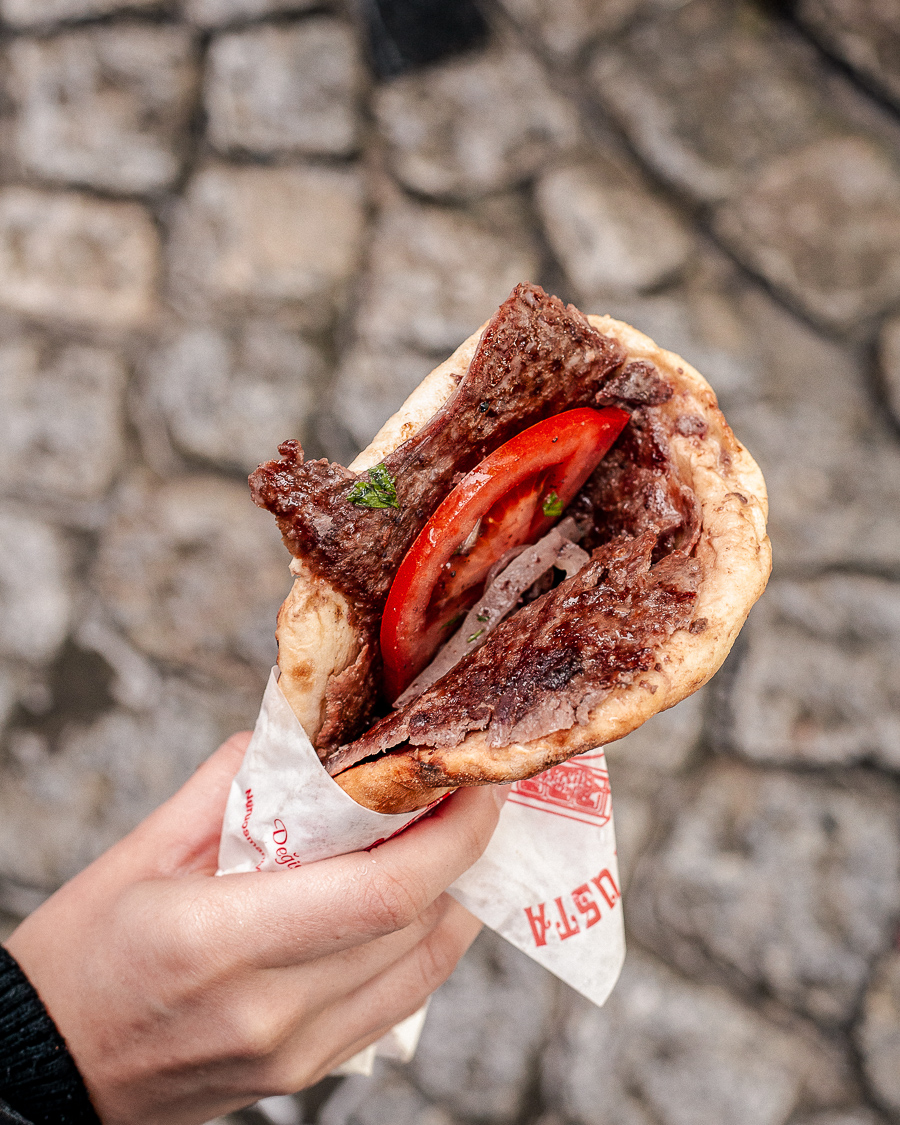
Döner is a traditional Turkish dish prepared by marinating meat and passing it through a skewer alongside its fat. The meat gets cooked as the skewer rotates. There are many places where you can eat good döner in Istanbul, but I would suggest two places in particular. Both are in the city centre and worth a visit.
The first one is Karadeniz Döner, located in Beşiktaş. In this tiny shop, chef Asım has maintained the same quality for years. Döner is mainly made from veal, and they use the meat from the Trakya region and the city of Balıkesir. Besides döner, they also offer their own round and flatbread. Inside that bread, döner is served with cucumber pickle, tomatoes, and onions cooked on the grill.
Photo: Karadeniz Döner, Beşiktaş
The second place I recommend is Dönerci Şahin Usta, which is close to one of the gates of the Grand Bazaar. It’s a lovely fact that it’s located in a place so intertwined with history. This shop also uses the veal meat from Balıkesir, and I recommend that you eat your döner with their flatbread. The moment the chef spreads the bread on the döner and takes its juice will definitely make your mouth water. You can put tomatoes, lettuce and onions in it – and don’t forget to drink ayran along with it.
Photo: Dönerci Şahin Usta, Grand Bazaar
TANTUNI
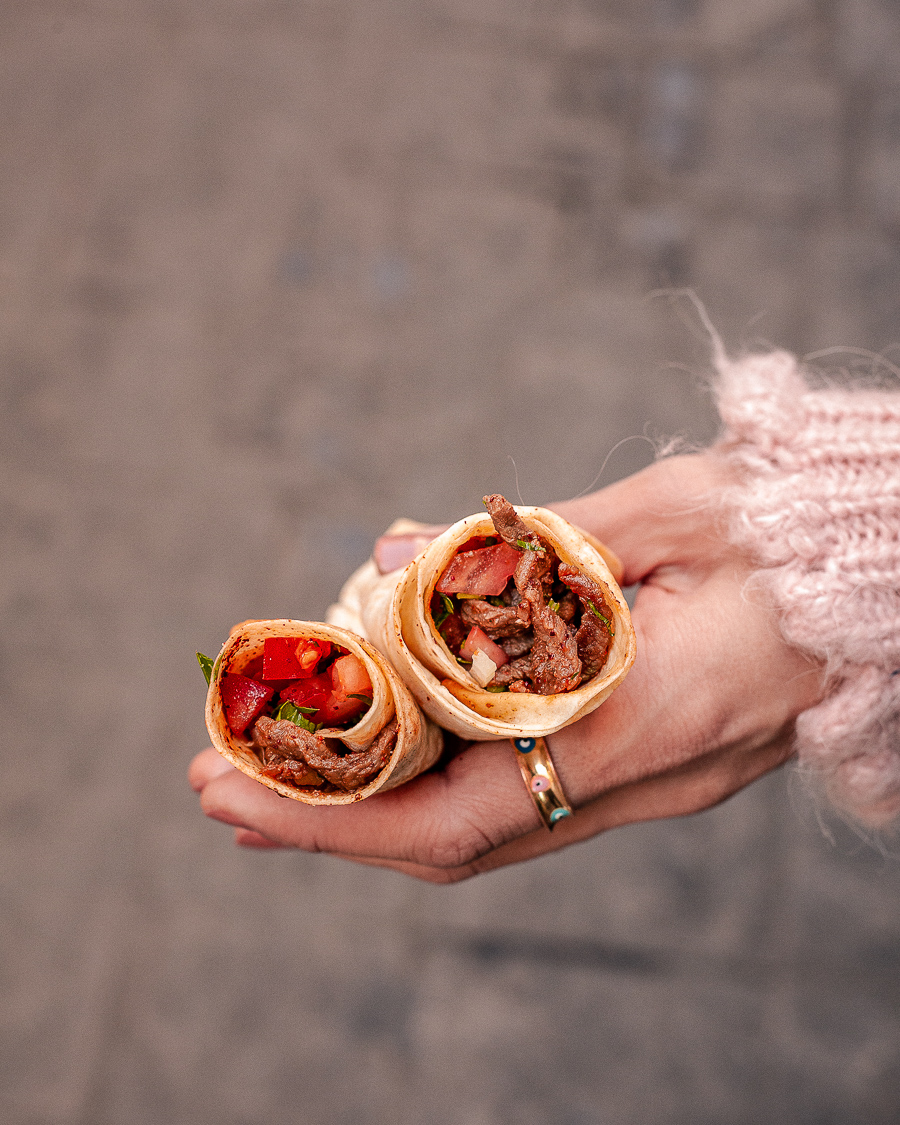
Tantuni is one of the street food classics in Turkey. It has come to the foreground, primarily through the city of Mersin. It’s a meat dish in which the meat – preferably ribs, but some places use other cuts – is cut into thin strips or cubes and cooked on a sheet with spices and cottonseed oil. It’s served in lavash bread, which should not be too thick. After the meat is cooked, the lavash absorbs some of the juice and, together with onions, tomatoes, parsley and spices, everything is wrapped up in a roll. It’s served with hot pepper pickles and lemon.
Photo: Emine Ana Tantuni, Beyoğlu
ÇİĞ KÖFTE
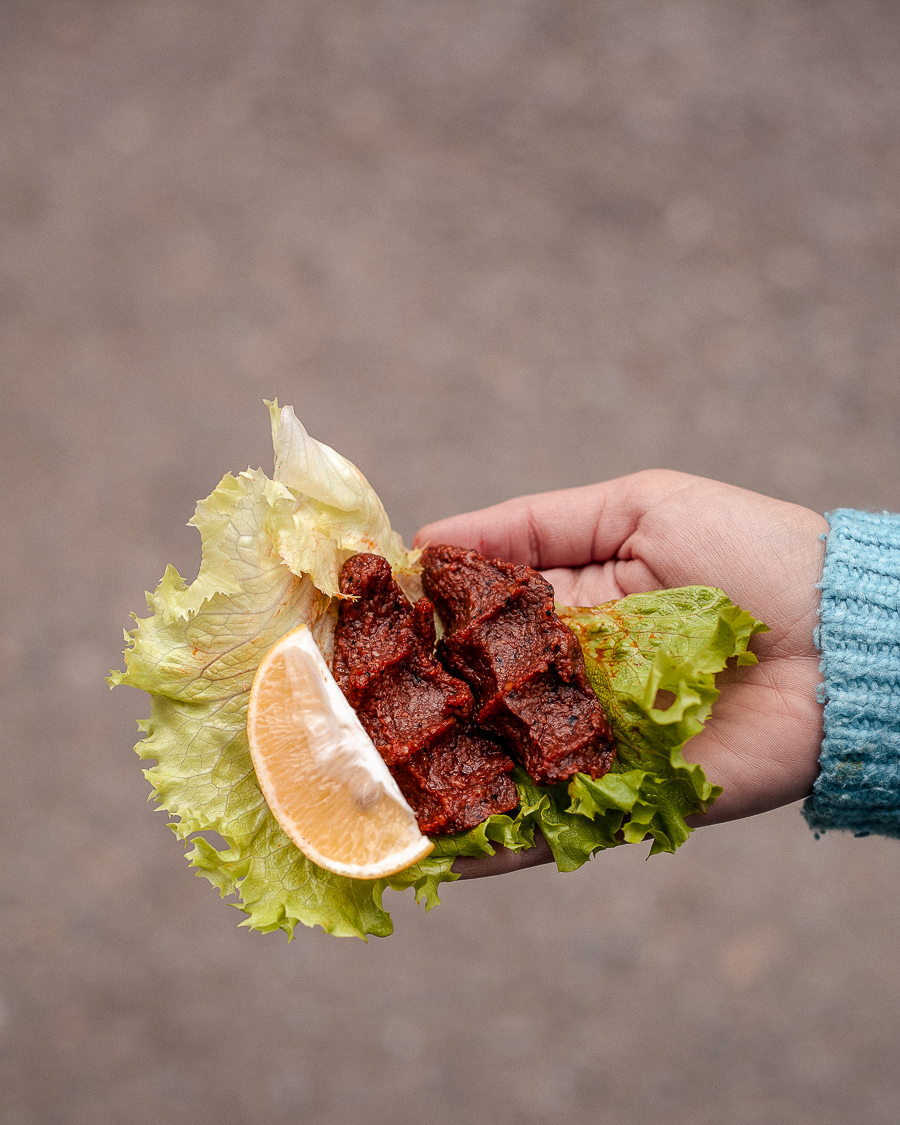
This dish, traditionally made using ground beef or lamb, has changed quite a bit over time, as hygiene rules became stricter. Now, the ingredients are bulgar wheat, onion, extra virgin olive oil, ground pepper, dried chilli pepper (isot pepper), salt and various spices. It’s prepared in different ways depending on the city and is usually eaten with lettuce and a squeeze of lemon juice. Some places also offer it with lavash bread.
Photo: Hasanpaşa
WRAP
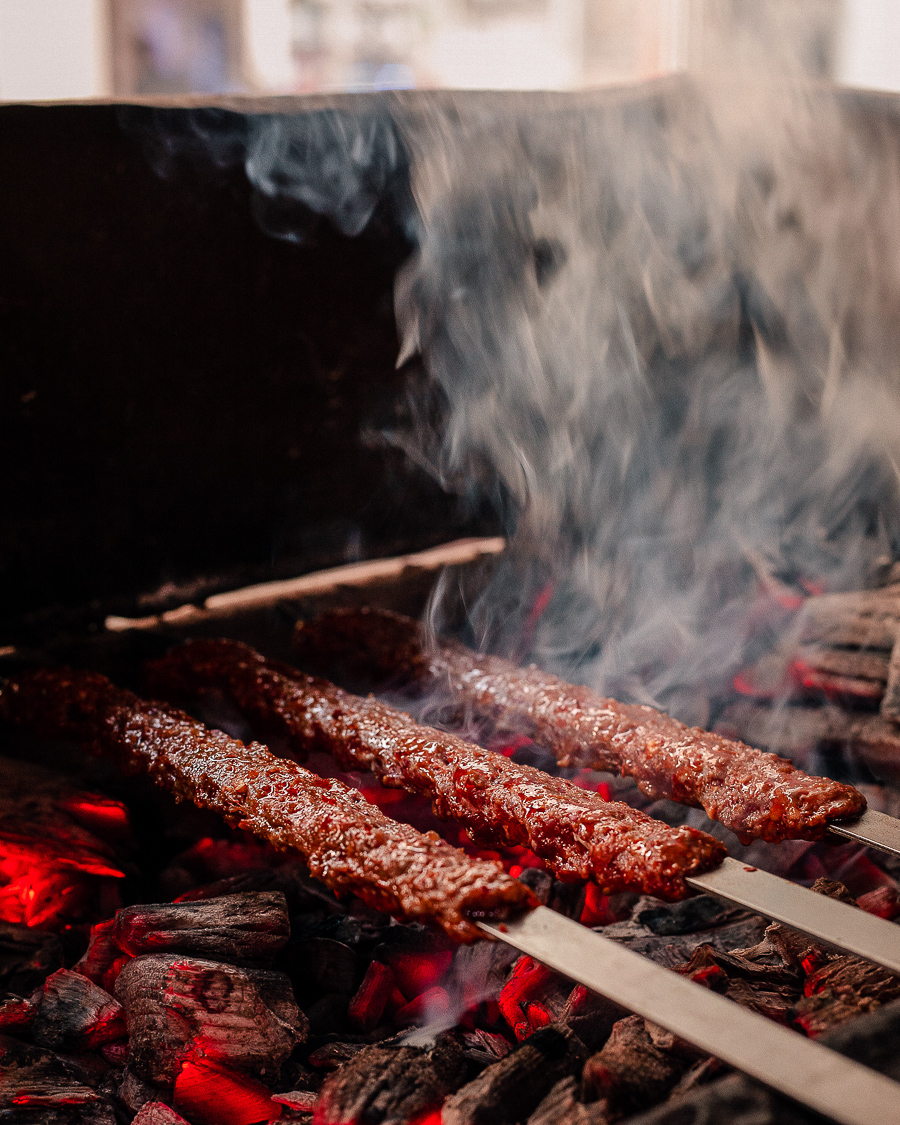
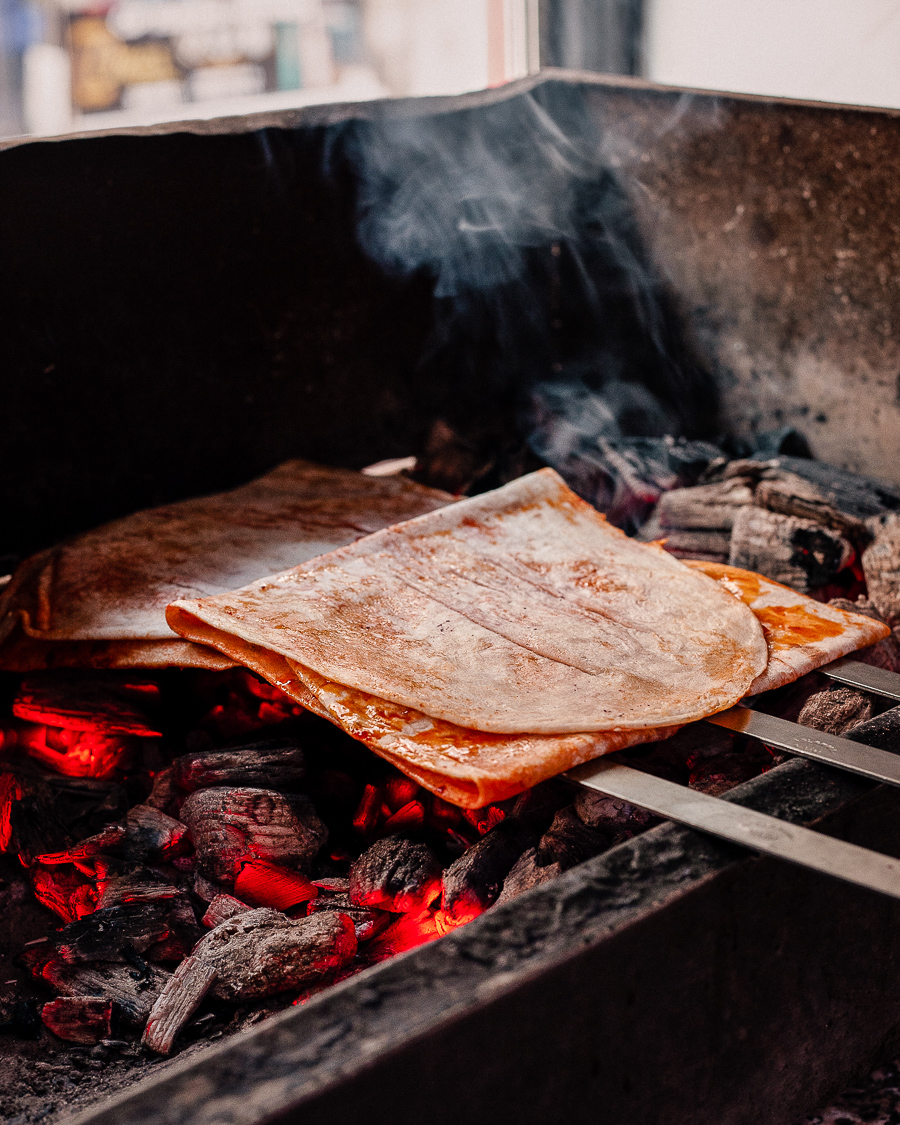
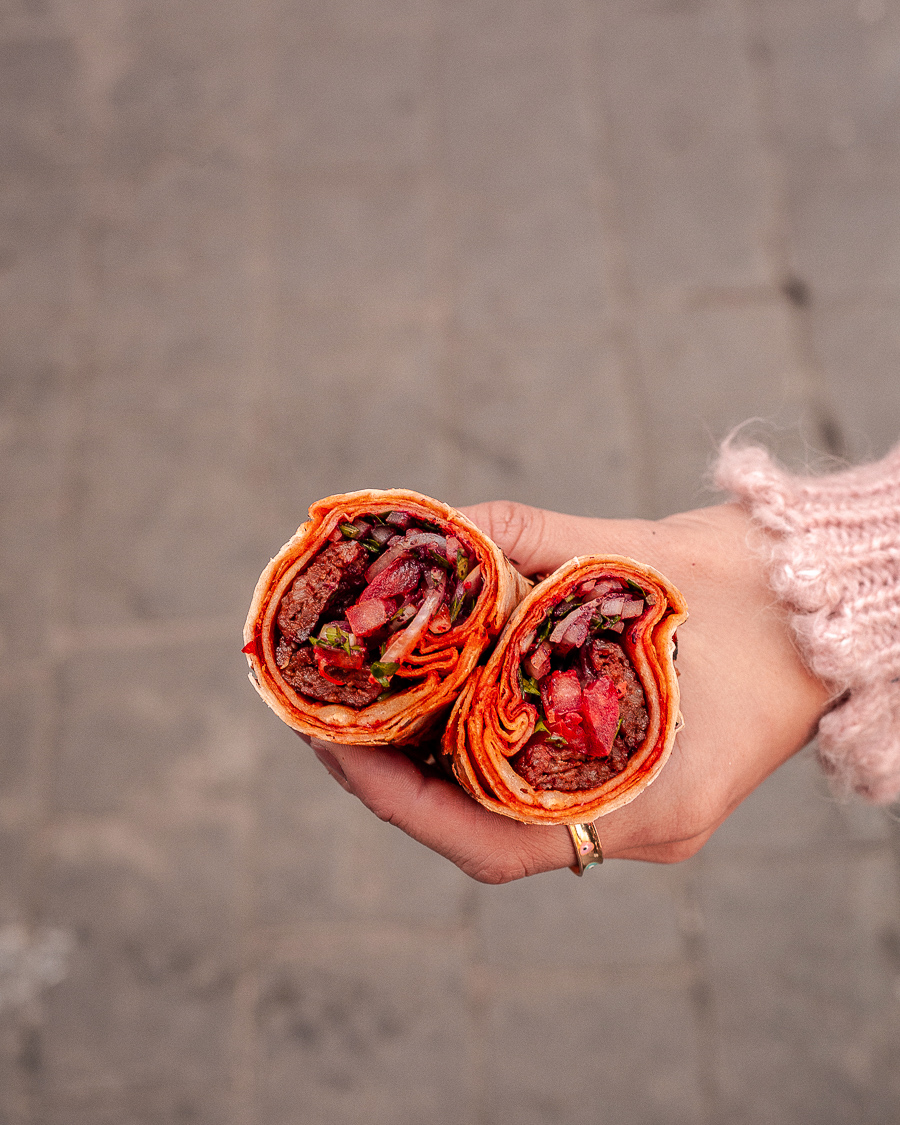
A wrap can be a good lunch or an even better midnight snack. One of the best is Dürümzade, located in Beyoğlu. Here, spicy Adana kebab or non-spicy Urfa kebab is placed in lavash bread covered with red pepper and spices. The meat is skewed and cooked on a charcoal grill. Then, the lavash is placed on the meat and warms up nicely. The spices in the bread and the flavour of the meat are mixed. Finally, chopped parsley, onions with sumac, tomatoes and meat are placed inside the bread.
If you want to taste a good wrap, you can also stop by Muutto or Basta. You can find delicious alternatives such as vegetarian options, wraps with lamb, rib or kokoreç (grilled and seasoned lamb intestines).
Photo: Dürümzade, Beyoğlu
SUCUK SANDWICH
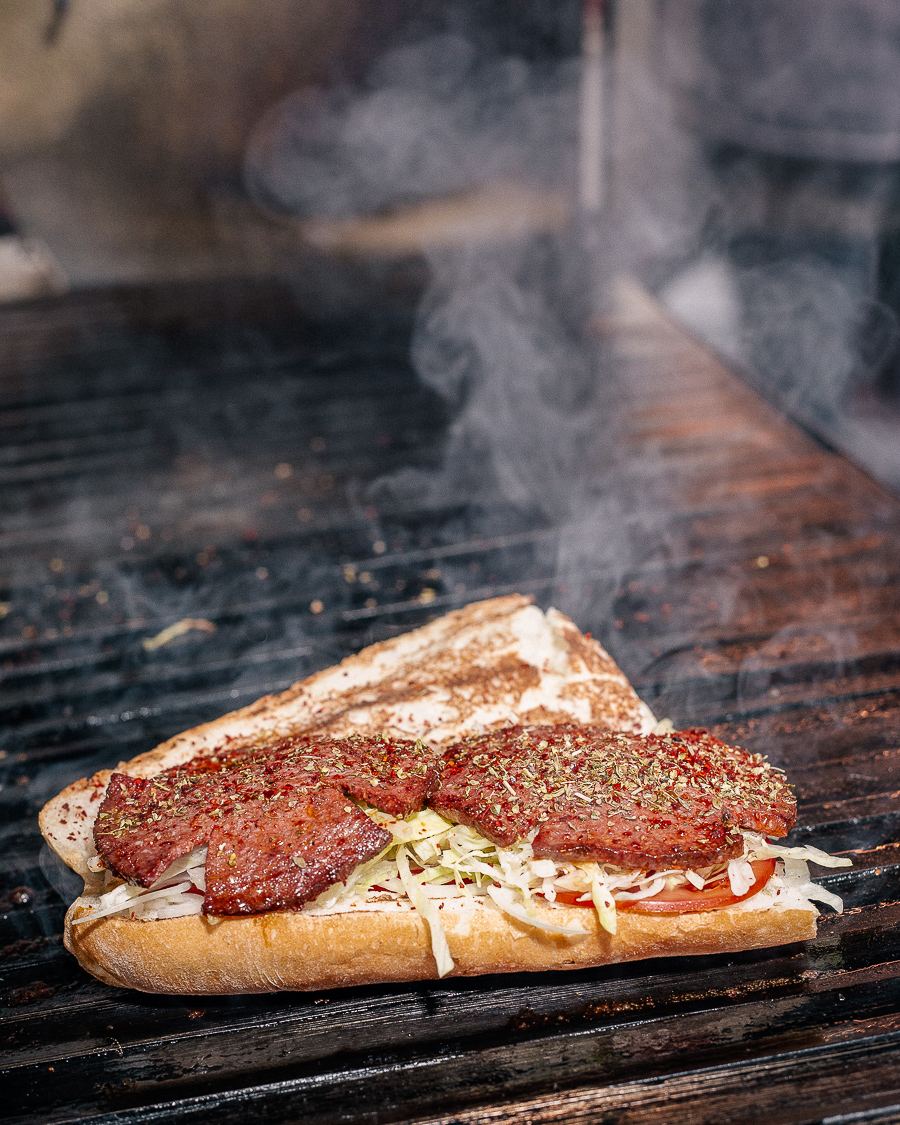
Sucuk is a product obtained by seasoning a mixture of ground meat and fat and fermenting it for a certain period of time; it’s a dry and spicy sausage. It is usually served with lettuce, tomato paste and tomatoes and eaten for breakfast. When sucuks are placed on the grill, the smell and sizzle alone make your mouth water, especially on cold, snowy or rainy days when it becomes everyone’s comfort food of choice.
Photo: Eminönü square, Çengelköy
KOKOREÇ
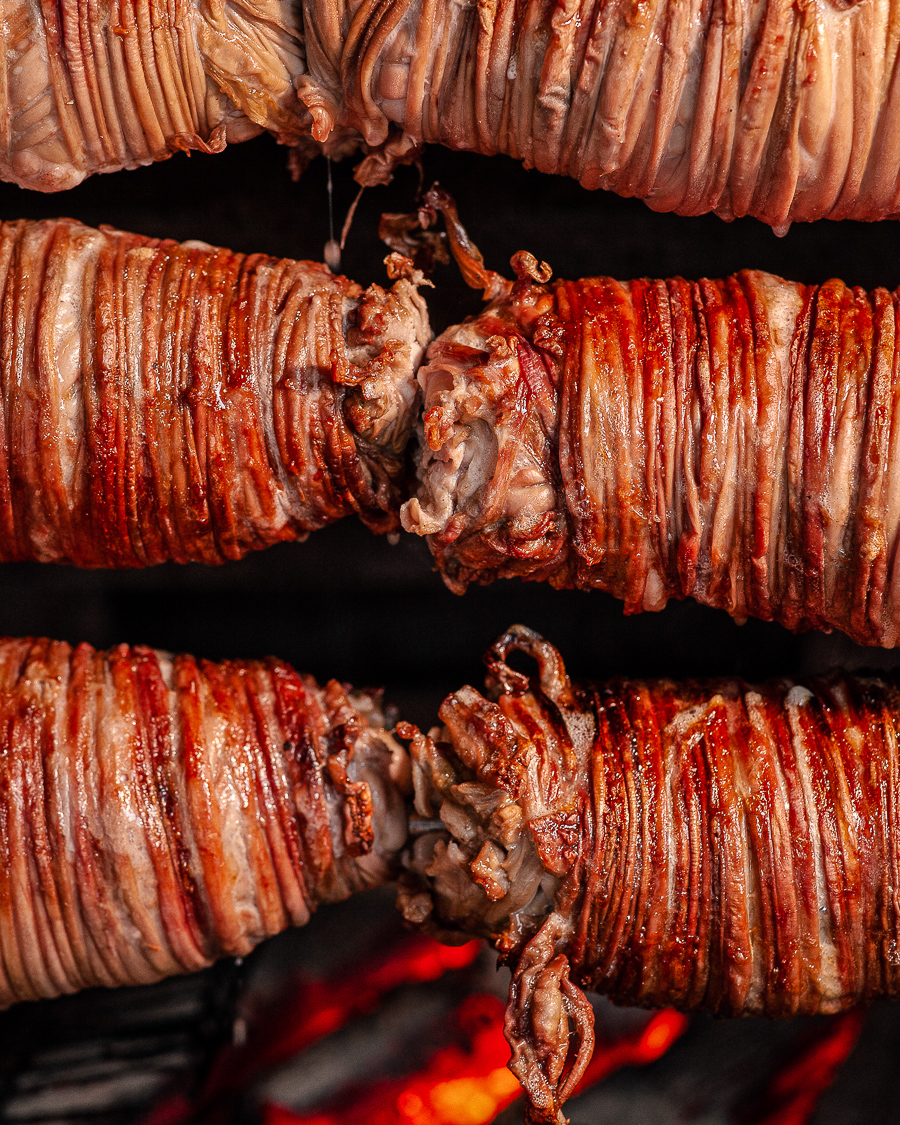
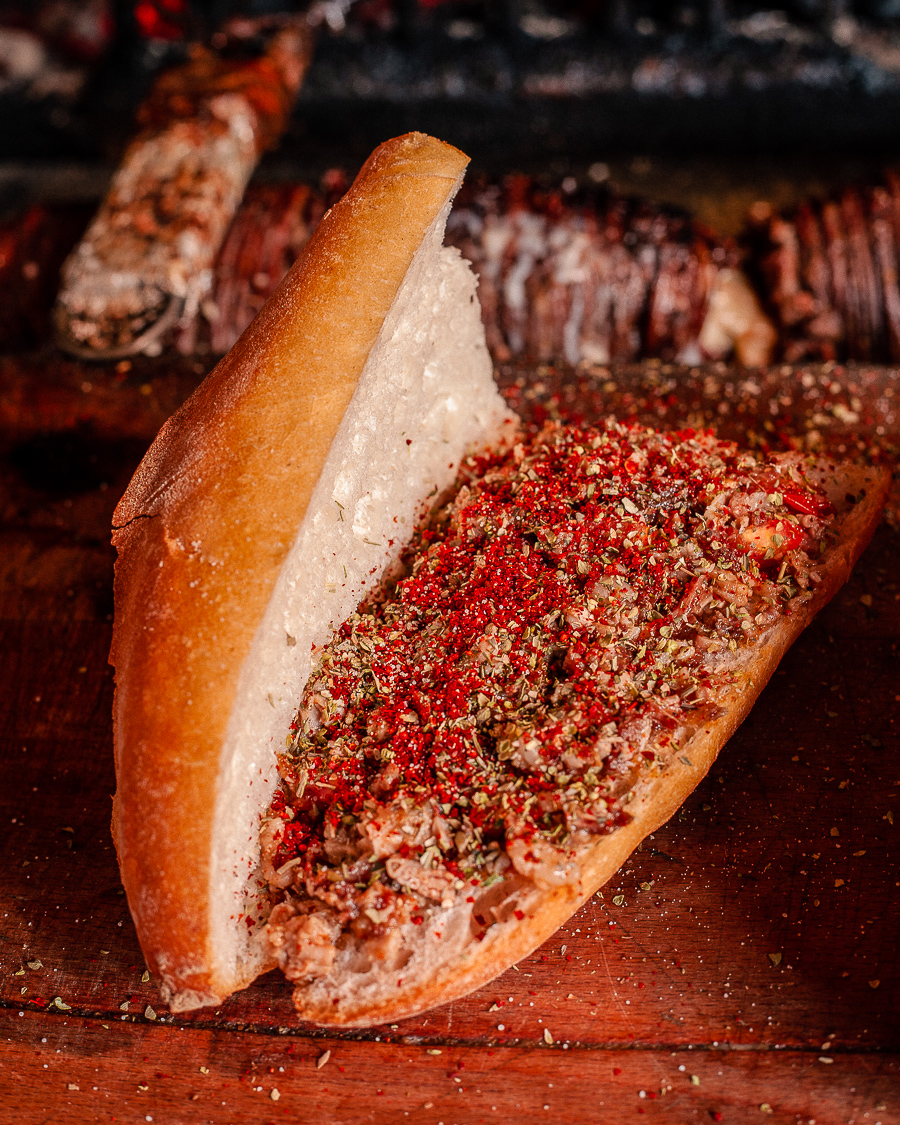
Kokoreç is made from caul fat, lamb intestines and sweetbread – naturally, the best kokoreç is one where the intestines come from a suckling lamb and are cleaned well before being wrapped on a skewer. The preparation can be different; the meat can be finely chopped, heavily spiced, less spicy, or served in a ring shape. The picture was taken at Çengölkey Kokorecçisi, but you can also taste good kokoreç at Ozzie’s in Beyoğlu.
Photo: Çengelköy Kokorecçisi, Çengelköy
STEAMED BURGER (ISLAK HAMBURGER)
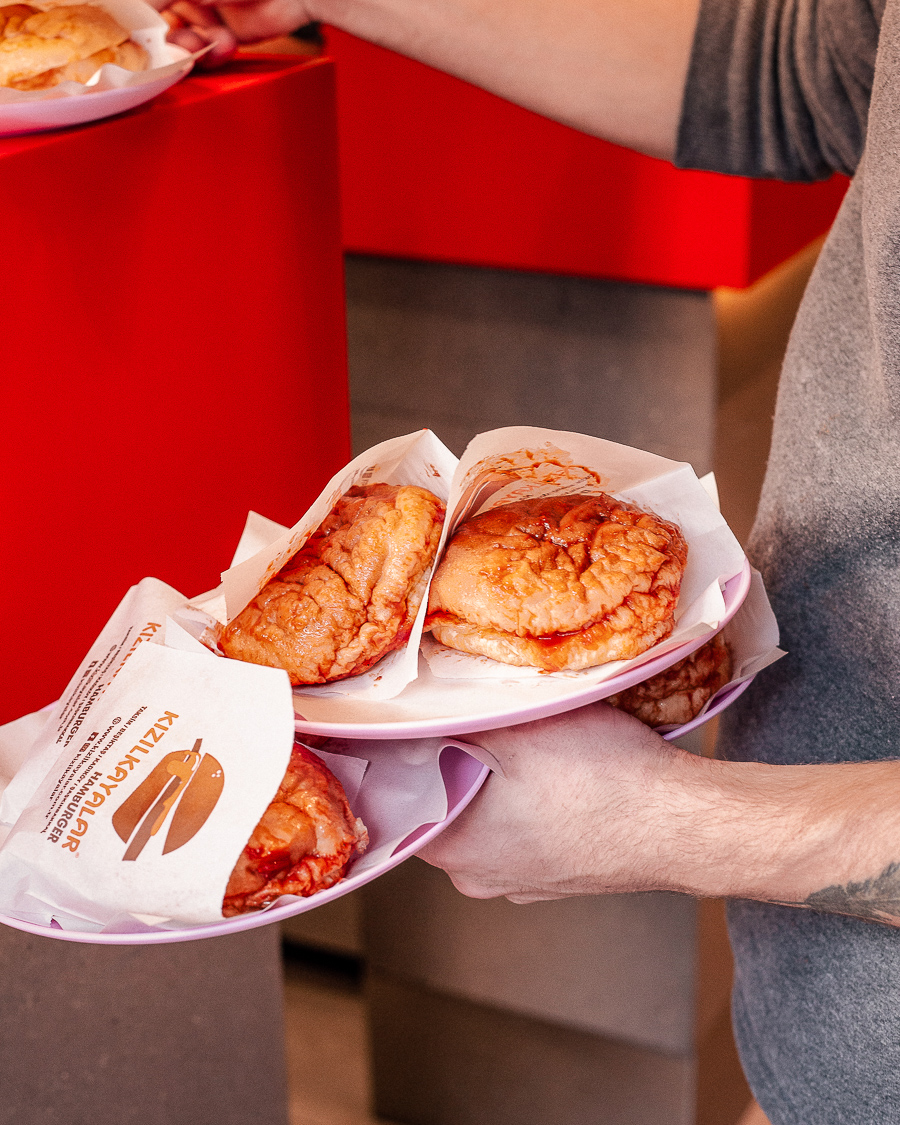
When I was young, we loved to eat it as a snack on our way home after an evening out, the islak hamburger. These burgers contain lots of garlic and tomato sauce and stay on a steamed counter until soft and delicious.
Photo: Kızılkayalar, Taksim Square
BÜRYAN / PERDE PİLAVI
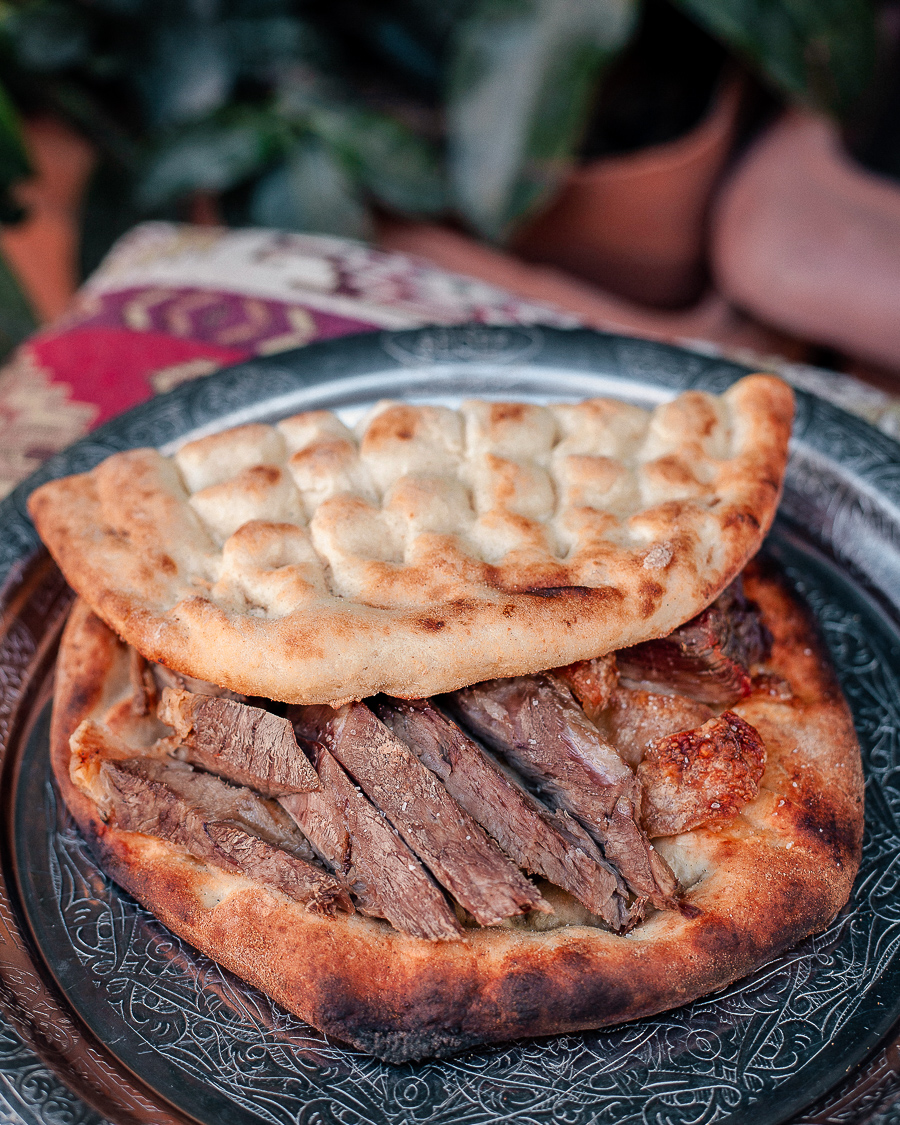
The best places to eat büryan in Istanbul are located in Fatih. Büryan is made from lamb, which is slowly cooked on burning coal or wood fire in a well. It’s served on flatbread and originally belongs to the Siirt and Bitlis cities. Another option is ‘perde pilavı’, a rice dish that contains chicken, almonds and currants enveloped in thin dough. It’s baked in a cup-shaped mould until it turns golden on the outside.
Photo: Siirt Şeref Büryan, Fatih
KUMPİR
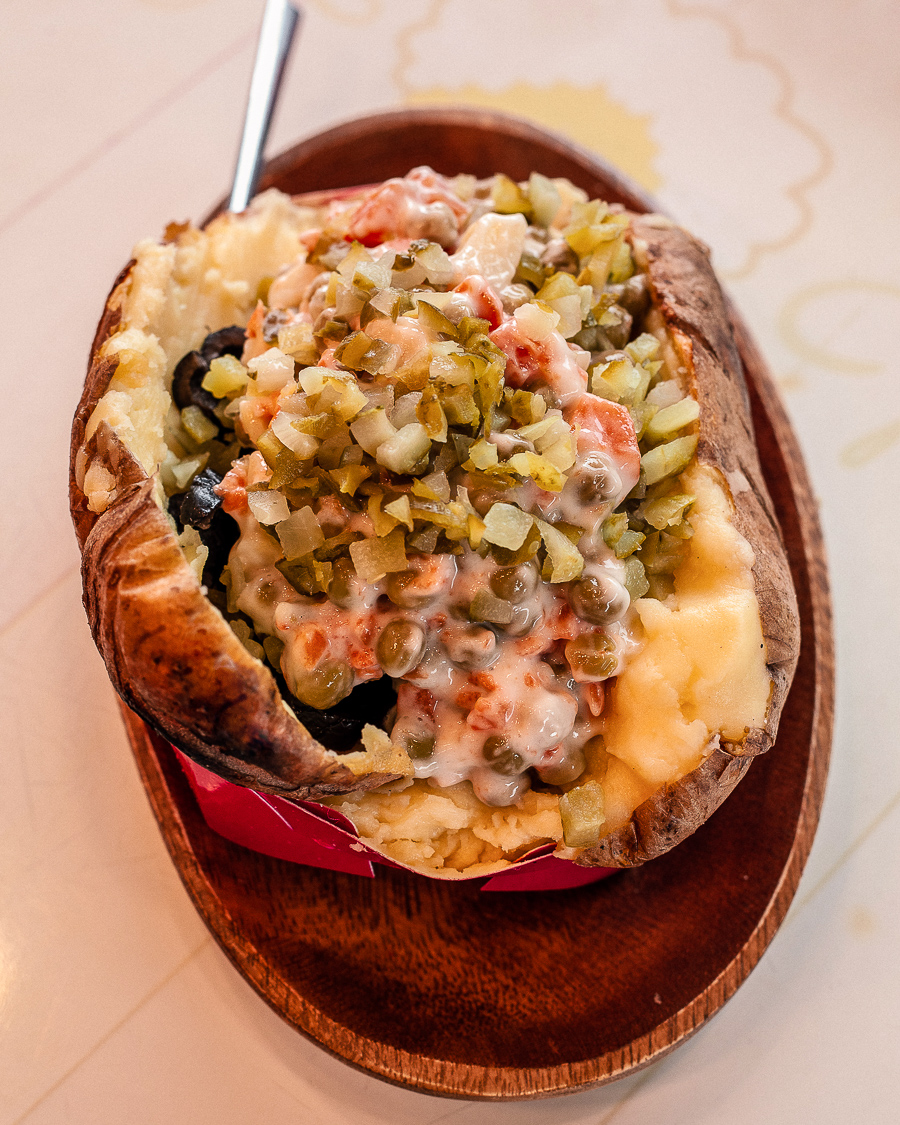
This is a dish made by mashing baked or charred potatoes. After the potato is baked, the crust is cut open, different ingredients are put inside and voila. Using original flavours, this dish becomes even better. In Istanbul, you can see many counters selling kumpir in the Ortaköy neighbourhood.
STUFFED MUSSELS / FRIED MUSSELS / GRILLED FISH SANDWICH

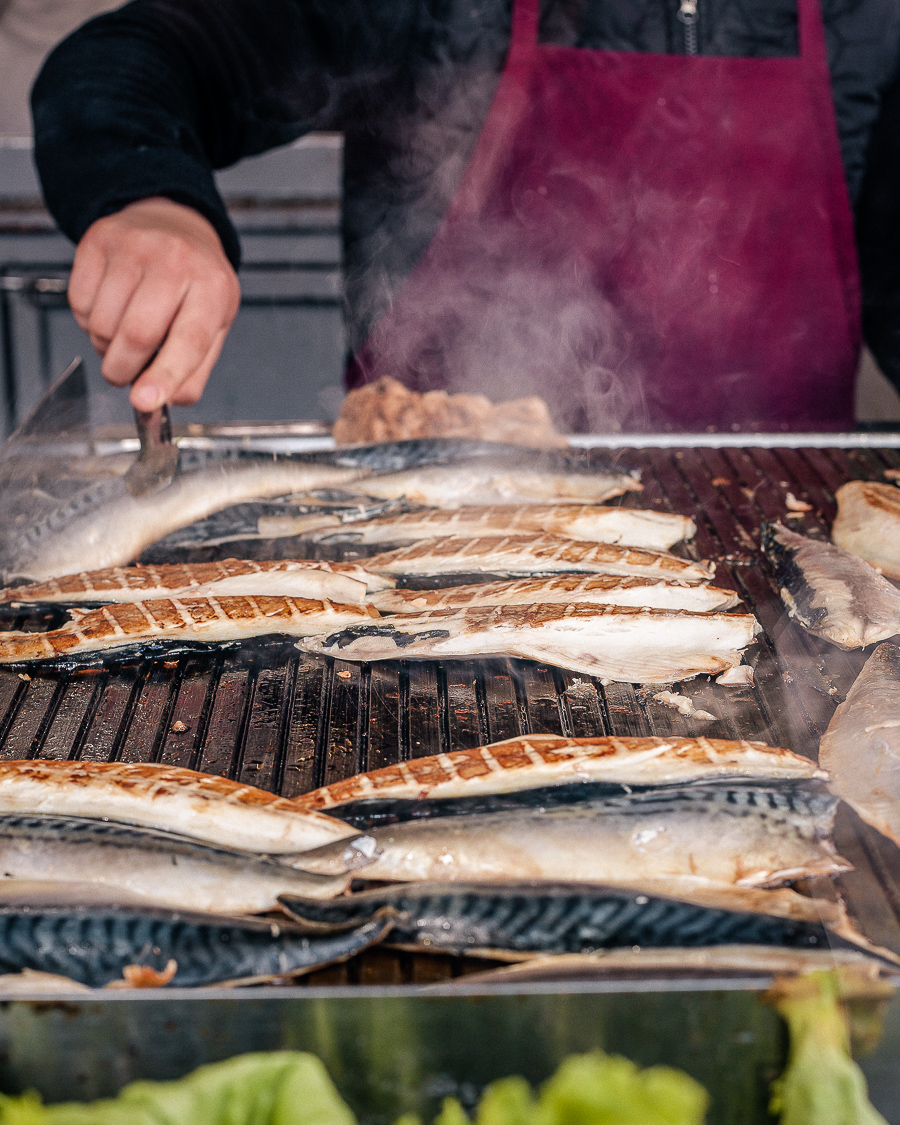
When you feel like fish, you can experience stuffed mussels in fish restaurants or carts around the city. First, the shells of the mussels are cleaned, then they are opened with a knife, cleaned and washed again. The filling can contain onions, rice, salt, pepper, and other seasonings. The mussels are filled, cooked and laid out to rest. Then, they are placed on the counter.
Fried mussels are a good appetizer that many people like to consume with beer. The cleaned and washed mussels are covered and fried in hot oil and served with tarator sauce.
Photo: Mercan, Kadıköy Bazaar
Grilled fish sandwiches are one of the true street food classics. The fish in this photo is mackerel.
Photo: Kadıköy Coast
FRESH JUICES / BOZA

Fresh juices are generally prepared from seasonal fruits you may encounter on your way through the city. You can drink individual flavours or mix them together. You can also always choose the serving size you would like.
Boza is a fermented beverage usually made from white millet, served with ground cinnamon and yellow roasted chickpeas.
SEMOLINA DESSERT / ŞAMBALI DESSERT
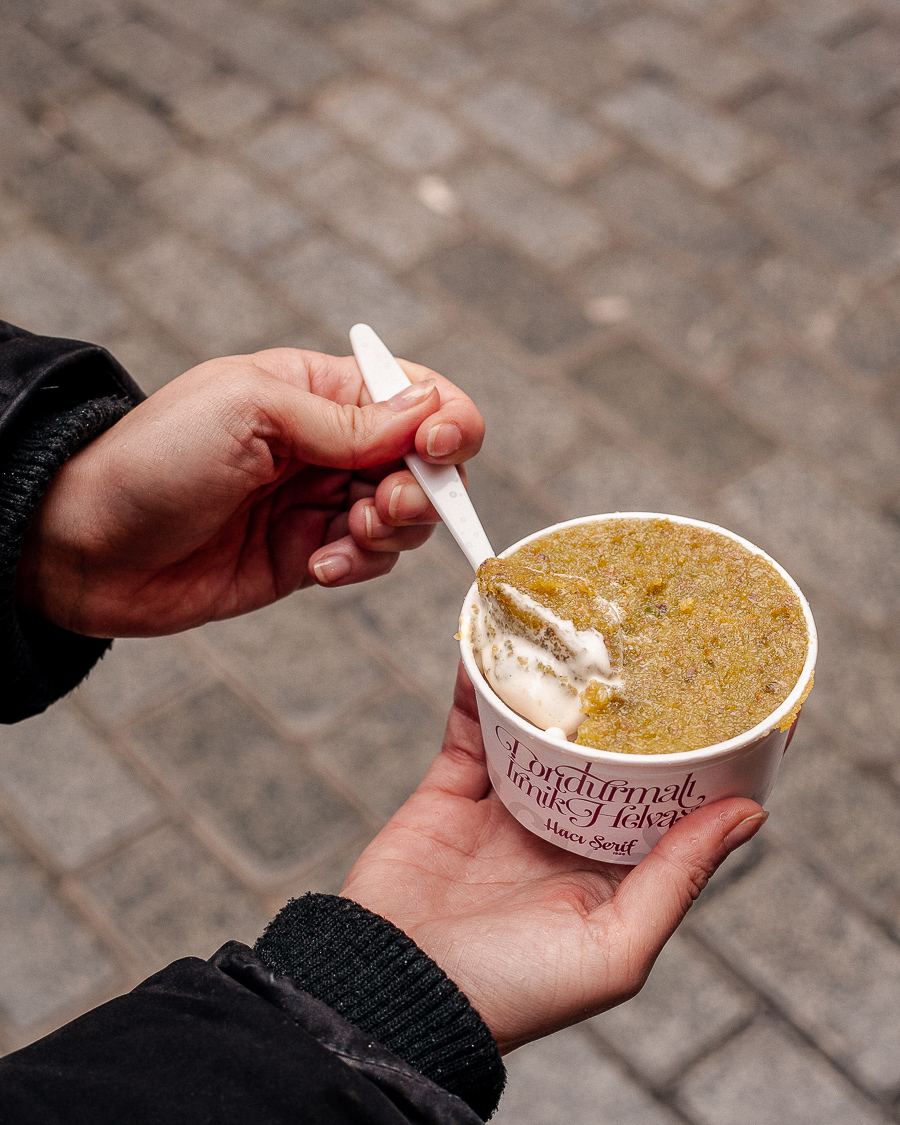
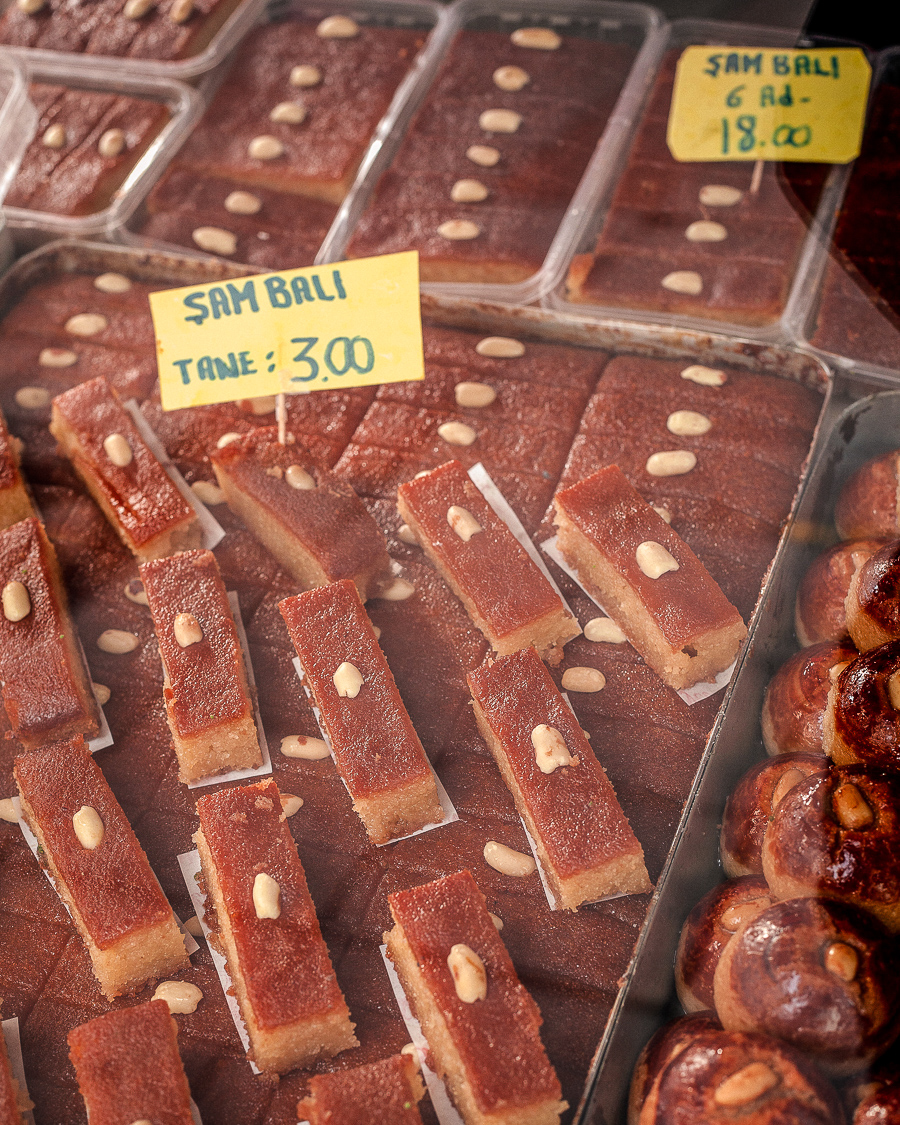
The semolina dessert is made by roasting semolina with sugar, butter, pine nuts, and milk or water. It is generally eaten hot, and some places even serve it with ice cream. Initially, it was made to be served to the bereaved at a funeral, but today, it can also be eaten on happier occasions. In the picture, you can see it with pistachio and ice cream.
Photo: Hacı Şerif, Eminönü
Şambali dessert’s main ingredient is semolina as well, but it also contains sugar, flour, starch and yoghurt or milk. The mixture is poured into a tray, and ground almonds or pistachios are placed on top. It is baked in the oven until golden brown; then syrup is poured over it. It’s a popular dessert from Izmir.
SYRUP-SOAKED PASTRY / TULUMBA DESSERT
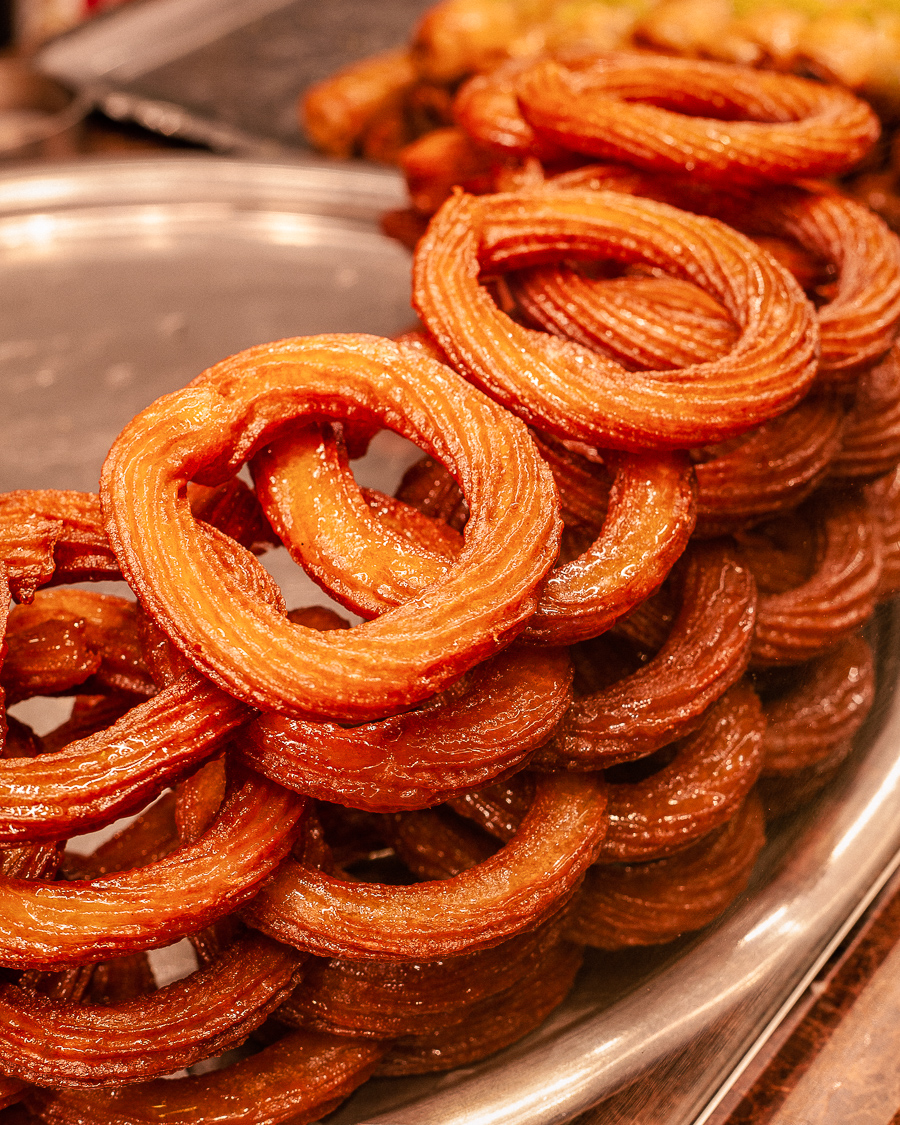
These two desserts look very similar. Both of them are fried in oil and syrup-soaked. The pastry’s flavours originated during the Ottoman Empire, but you can still find them today. The dough contains flour, butter, semolina, starch, salt, sunflower oil and water. The main difference is that the Tulumba dessert is softer than the other ring-shaped dessert.
Photo: Tatlıcı Safa, Eminönü
OTTOMAN PASTE, CANDY APPLE, COTTON SUGAR & WAFER DESSERT
These are all street delicacies that take many of us back to our childhood days. The paste is a treat that comes from Ottoman times. It is a product that isn’t easy to come across on the street nowadays and consists of sugar, water and about 41 kinds of different spices. We can think of it as the natural healing pastille of that period.
For candy apples, you can stop by Şekerci Cafer Erol. On the other hand, cotton candy is one of the treats you can come across on the beach and in the parks during spring and summertime. Finally, the wafer dessert has become a product that we can find in a packaged form in the markets today. It’s round and can be served with ice cream as it is rather plain by itself.
The opinions expressed in the articles of this magazine do not necessarily represent the views of
The New Gastronome and The University of Gastronomic Sciences of Pollenzo.
Photos ©Nil Erdogan